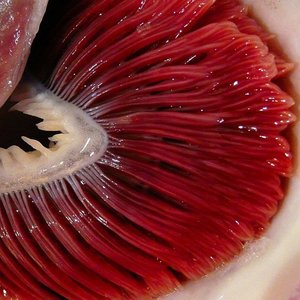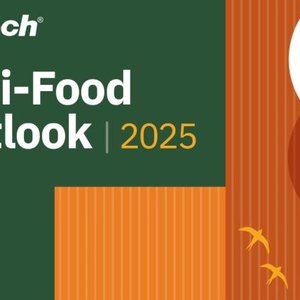Introduction
The major objectives of this review are (i) to analyse the current knowledge, research trends and efforts; and based on this analysis (ii) to identify the gaps and bottlenecks that need to be tackled in future research for the advanced and more efficient production of fish larvae.
Marine fish larvae are very vulnerable during the first stages of development and have strict requirements for biotic and abiotic conditions to survive, develop and grow properly. There are several recent reviews that cover different aspects of larval nutrition and show the advances in knowledge from different perspectives (see reviews in Holt 2011). In spite of the variety of conditions that a developing larva may face in nature, the current knowledge of nutrition in early stages has been based mainly on laboratory studies carried out following reductionist approaches under artificial conditions based on limited prey types and under relatively constant abiotic and biotic conditions. Another aspect to take into account is the variety in ontogeny, feeding physiology and nutritional requirements among species, even within the same family. Consequently, many specific processes cannot directly be extrapolated from findings obtained in model species and require specific studies.
Obviously, a good knowledge of the larval nutritional requirements throughout development would contribute to optimize diets and feeding protocols, and thereby improve larval and juvenile quality. Nevertheless, considering the vulnerability of fish larvae, it is always difficult to identify and meet nutritional requirements when several physiological and metabolic constraints are linked and each of them may prevent growth or an appropriate development. An integrated understanding of the different factors and events interacting in the food acquisition and processing is necessary for designing larval diets that meet the larval requirements for optimal ingestion, digestion and absorption of these diets. This review, which covers the gaps in knowledge on fish larval nutritional requirements, should therefore be read together with the review by Rønnestad et al. (in press) that covers the aspects of appetite, feed acquisition and digestive physiology.
Considering all these limitations and based on the analysis of the current information available in marine fish nutrition, the present review attempts to identify the most burning gaps to be addressed in future research to achieve a more efficient production of high quality fish larvae.
Hamre, K., Yúfera, M., Rønnestad, I., Boglione, C., Conceição, L. E. C. and Izquierdo, M. (2013), Fish larval nutrition and feed formulation: knowledge gaps and bottlenecks for advances in larval rearing. Reviews in Aquaculture, 5: S26–S58. doi: 10.1111/j.1753-5131.2012.01086.x
Download the full paper from Wiley Online Library (Open Access)










